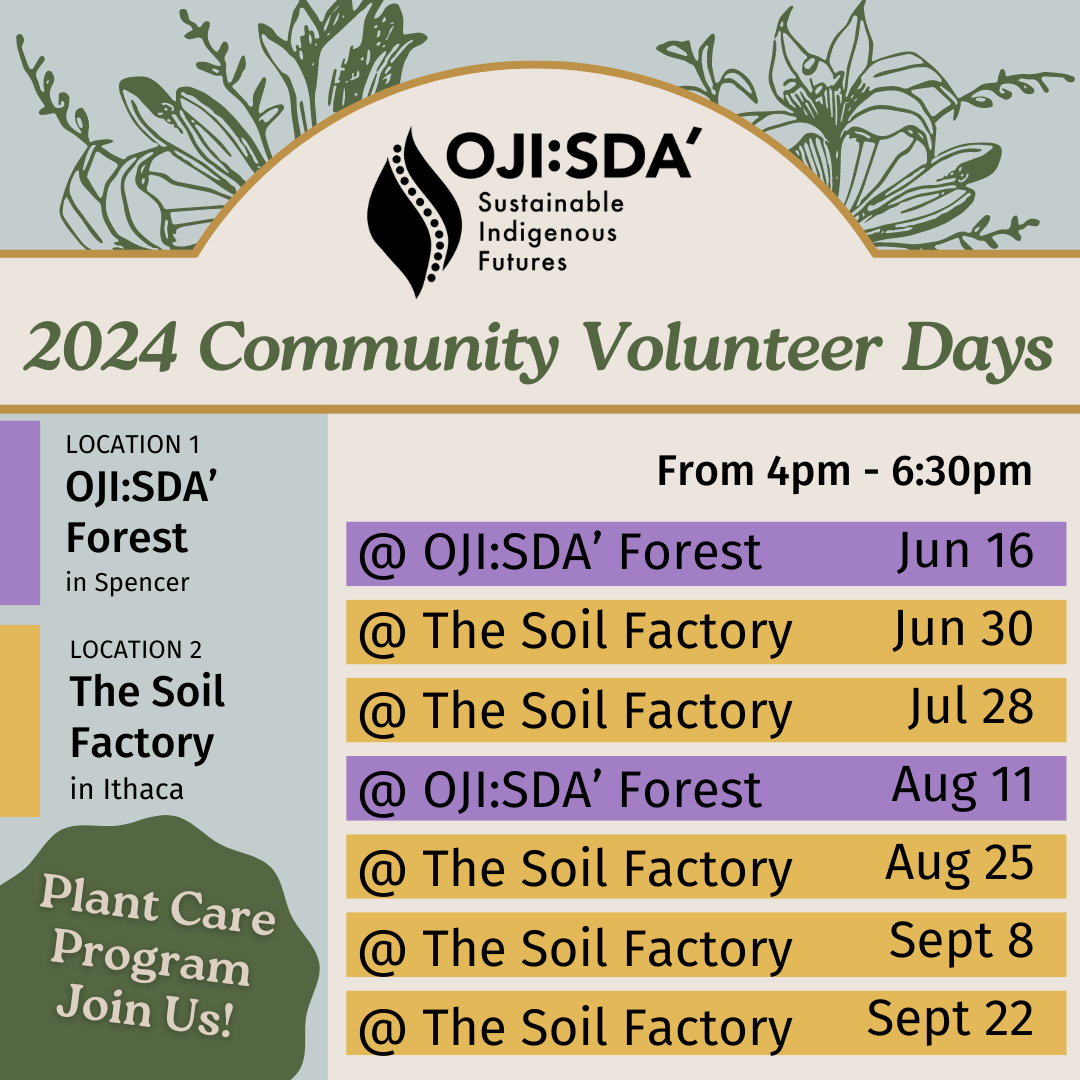The importance for Native Americans to tell our own stories through art and media
Native Americans in Western Education and Media Systems
The Western education system teaches about Native Americans in the 1900s and earlier, and these narratives are from the colonial perspective. To accompany this lack of contemporary Native realities in formal education, there is also a lack of contemporary representation in the media.
This system facilitates our people being unseen. It is a common experience for us, as Native People, to be told by someone that they didn't know Native people still existed, they didn't know we still existed.
WE ARE STILL HERE!
AND OUR STORIES ARE IMPORTANT!
Storytelling through art and media is not only crucial for the visibility of Native Americans but also to our education. We are a diverse group of people with a wide range of backgrounds. We have our own stories to tell. Sharing our stories is a powerful way to promote the thriving of our community and ourselves.
Many Natives can find it hard to identify and access resources to engage with from our own culture. There can be many reasons for the lack of access to Native American resources, including:
if we don't have that direct access due to living away from our community
the disruption of the storyline due to colonial interventions of the residential schools, other government forced removal of youth from their homes and many more
OJI:SDA’ works on the creation, curation and access to great Indigenous resources.
The importance of storytelling and art in Native American communities cannot be overstated. It’s not just a way to preserve culture, but also an opportunity to share world perspectives, humor, language and teachings of all kinds. Telling, listening and sharing stories is an integral part of life.
Traditional Indigenous methods of sharing are through storytelling and experience sharing. The Arts, ranging from Traditional Craft to Virtual Reality, are an intersection of actively engaging in an experience as a maker and a viewer/participant, and being a means of expressing stories.
Media Arts has the capacity, intimately and viscerally, for storytelling to reach an expansive number of people in the “plugged in” world we now live.
Telling our stories is a method of community care. As it is a healing practice upon itself and then too for the ones who experience it now and later through the art and media.
Mochik Ania ~ Camp Turtle
This explains a main foundation for why we created Mochik Ania ~ Camp Turtle. An opportunity for Indigenous Youth to come together for media training, storytelling and art in a land based experience, guided by different Indigenous Knowledge Carriers. The time at camp is saturated with teaching and tools for empowering the next generations to share their voices and their visions, to be seen, heard, healthy and thriving.
STOP participating in the disempowerment and minimization of Native Americans in the mainstream!
Hire Native Americans, look for native films, tv shows, books, arts, VR experiences, clothing, tea and food companies, in all the spaces…!
OJI:SDA’ Sustainable Indigenous Futures
Storytelling through art and media is crucial for the visibility of Native Americans. It is a common experience for us, as Native People, to be told by someone that they didn't know Native people still existed. Sharing our stories is a powerful way to promote the thriving of our community and ourselves.
#OJISDA #IndigenousVoices #nativeamerican #media #film #visibility #ourstories #storytelling









